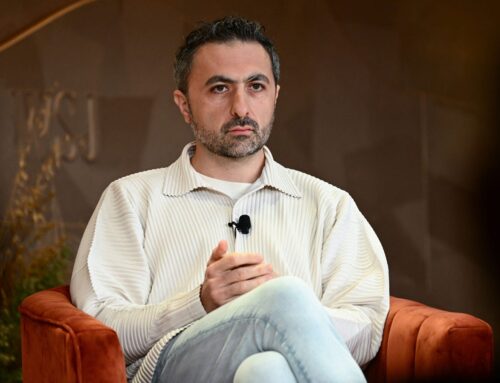Opinion — David L. Deen: A response to Sec. Moore’s commentary about the Conservation Law Foundation’s lawsuit
March 30, 2025
This commentary is by David L. Deen of Westminster. He served 30 years in the Vermont Legislature and 19 years as river steward for the Connecticut River. He is now a trustee at the Connecticut River Conservancy.

Sec. Julie Moore, in her commentary about the Conservation Law Foundation and their pressure to increase our response to climate change, shows she does not like having advocacy groups telling her and the Scott administration to get the job done, now!
No one is criticizing our valued state employees as they work to address climate change. Any criticism speaks to the lack of leadership by our state employees’ elected and/or politically appointed bosses.
Yes, work has begun on addressing climate change, but the administration’s first clean heat report stated that a cost for the clean heat standard was almost double what the actual cost turned out to be once that first report was challenged. Once they redid it with appropriate costs and benefits, the estimates said there would be a long-term benefit to Vermonters.
No one has ever said that redressing climate change and its horrific effects on our planet would be easy and cheap! Humans have spent 175 years messing up our air, rivers, land and now the climate, and we do it to this day — so why would anyone think that we could address this situation overnight and that it would not cost us anything? The only claim advocates have made is that we must either address climate change or we will lose our gentle, loving, blue home planet.
Her argument that we are at a dead-end cul-de-sac is a dead end of their own making, done in the interests of continuing their political supremacy. They would have us believe that there are ways with few costs and no pain to achieve the same result. It is one thing to be at a cul-de-sac, it is an entirely different thing to be motionless in the road because you tried to coast uphill.
Her view of the Conservation Law Foundation’s role in cleaning up the lake differs from mine as chair of the House Water Resources Committee during that time. Vermont had to be forced to develop the cleanup plan for Lake Champlain to establish clear goals and a timeline.
READ MORE
The initial work on Lake Champlain was expensive but ineffective and the Legislature took CLF’s action against Vermont and the Environmental Protection Agency to bring the lake back into compliance with the Vermont water quality standards under advisement as we made our decisions. Vermont continues to work toward those limits because both state and federal law say they must be met while CLF monitors Vermont actions.
The Legislature passed the Required Agricultural Practices and new stormwater permitting programs to address the critical sources of nutrient loading. With compliance requirements looming over Vermont brought on by CLF actions, we put in place the Clean Water Fund with dedicated funding sources to make the necessary changes on the ground. Some people complained about affordability, but how expensive is it if you cannot swim, fish or boat on the lake because it is poisoned by toxic algae fed by nutrient discharge?
Sec. Moore can claim actions have been taken to reduce carbon emissions because the Legislature established and funded clear goals. Climate change will not wait for the easy and comfortable answers, and those who continue to call on us to follow the easy way out deserve a sharp prod to rouse them to what is happening and will happen, and to fear the result if we are slow in our response.
That prod is what CLF brought through legal action and other environmental organizations brought through advocacy to change our public policy. It is a necessary, useful and essential role if we are to overcome our laissez-faire attitude to the environmental impact of carbon loading of the atmosphere.
But here is where the rubber meets the road. If it is so important to avoid conflict about the efforts to address climate change, then the administration should meet or exceed the targets the Legislature established under the Global Warming Solutions Act.
The answer to protecting our future is not how much money has been spent but how close to the necessary limit we have advanced and whether it will be soon enough. There remains a lot to be done, and CLF and others will help us get to that milestone.
Search
RECENT PRESS RELEASES
Related Post





